Backyard Sugarin’.
It’s maple sugarin’ season and we wanted to give you a look at how it all works, from tree to table. Apart from our friends at Ferme St-Ours, Lauren and Mo (founding members of Lufa Farms) also know a thing or two about maple syrup making. If you’re up for the adventure of backyard sugaring then read on for some starter tips. And you can always pick up some organic maple syrup and other products from St-Ours on the Marketplace.
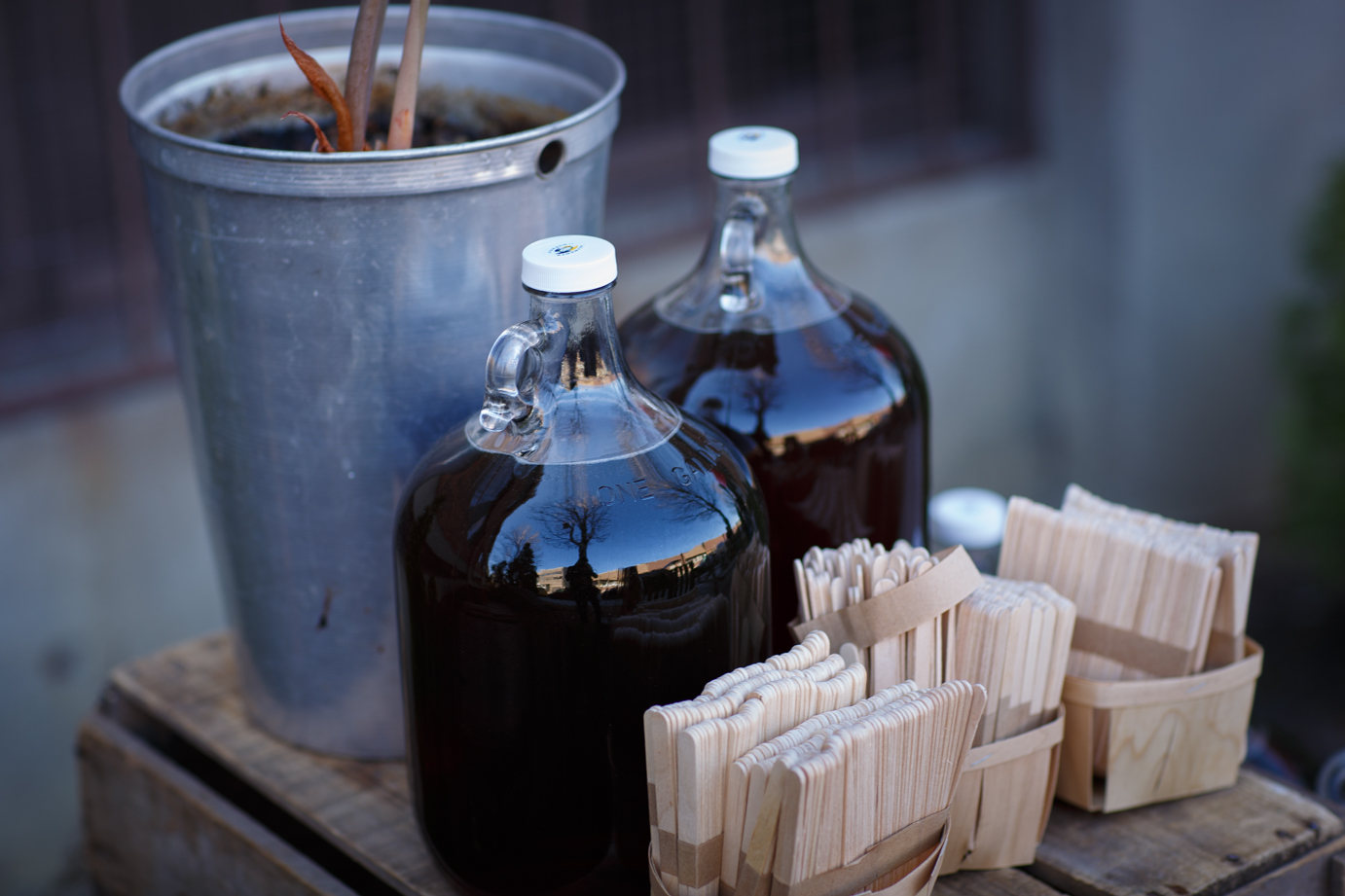
A few years ago, Lauren and Mo started collecting sap from maple trees at their off-the-grid cabin up north each spring. And their neighbour, Denis Brassard (who’s actually the person who introduced us to one of our very first partner farms, Fermes Mario Bessette), has their own collection going to harvest sap for their annual family gathering around Easter. We all met up in Labelle to get the full story of how it’s done...
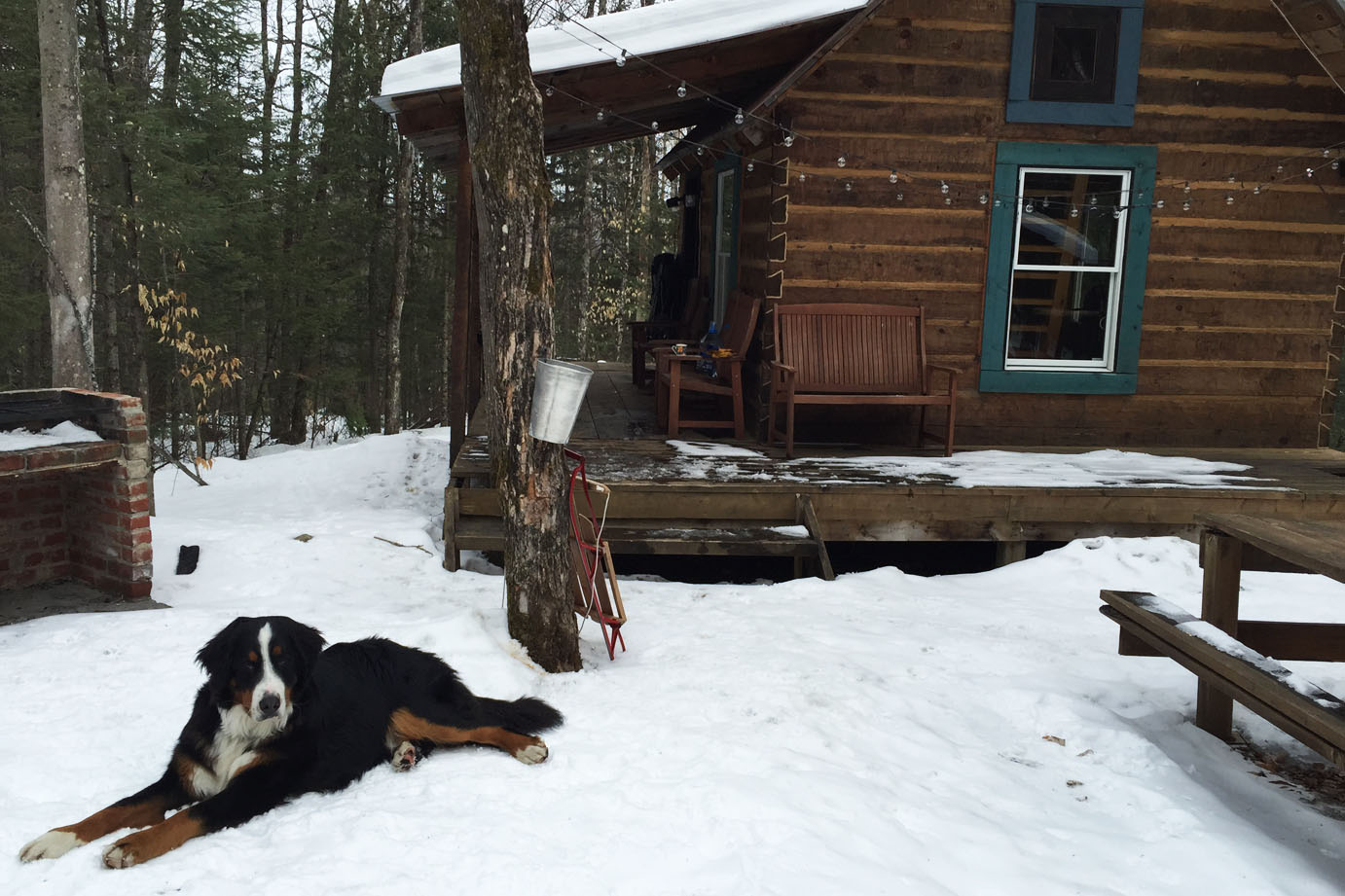
Tapping trees.
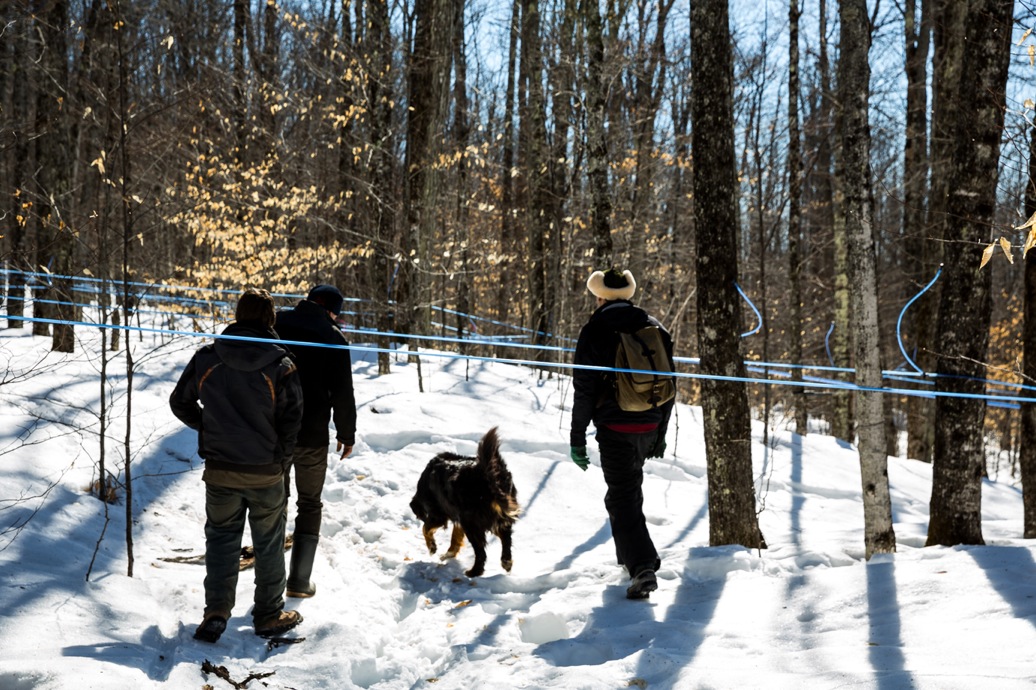
The maple season in Quebec usually starts from mid-March to early April, when the day temperature gets up above 0ºC and still drops back below zero at night. We’ve had a milder winter this year, so the season started on the earlier side. We even have the first harvest of the year from Ferme St-Ours already available on the Marketplace.
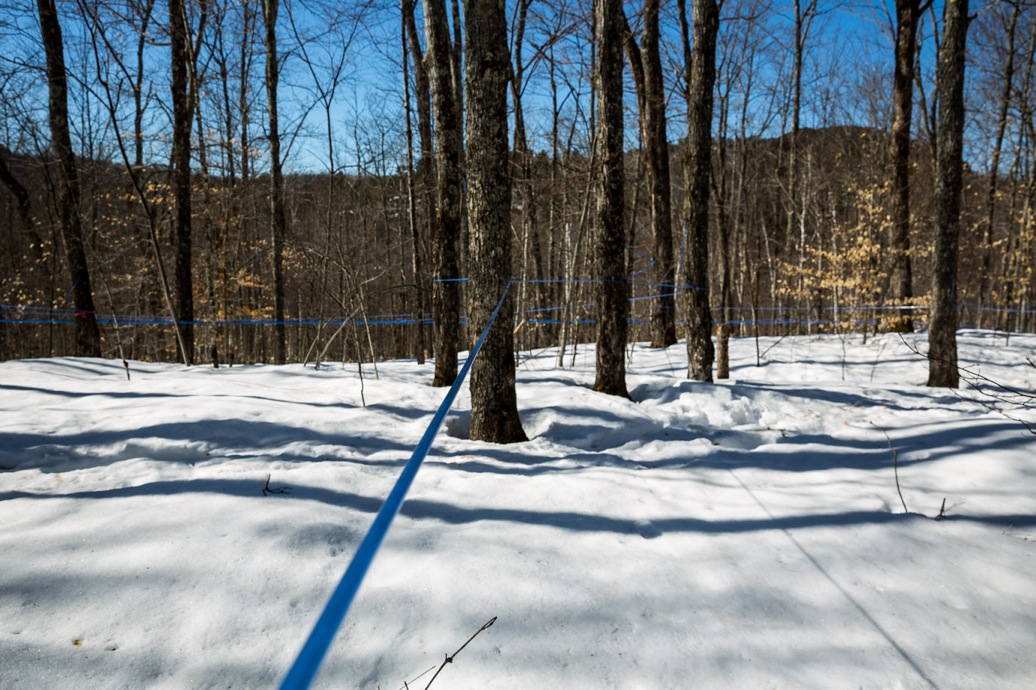
To make syrup, the first step is to find maple trees and install taps for collecting the sap. To avoid tapping a totally random tree, do your homework on maple tree varieties. Sugar maples are the best for getting abundant and light-colored maple syrup. The other varieties (red, black, and silver maples) are okay to tap but may provide less syrup with a somewhat darker color. In general, maples are easiest to identify by their leaves, but you can also figure out which one’s which by their bark - usually dark gray to brown in color, with vertical ridges that form as the tree ages. Trees should have trunks at least 20 cm in diameter, and you can place one or two taps depending on the size. One more tip, don’t place the tap too high since the snow will melt and you could end up with buckets well above your reach.
Collecting sap.
.jpg)
Now to collect all that sap. Mo and Lauren usually tap around a dozen trees and collect sap in buckets, which they empty into a central container as the buckets get full and until they’ve collected enough to make a small batch of syrup. Their neighbours collect for a big family, so they use tubing that runs from tree to tree to collect lots of sap easily. The blue tubes connect to many trees and lead to a large reservoir. Keep in mind the 40:1 ratio when calculating how much sap you’ll need (from 40 liters of sap, you get just 1 liter of syrup). After collecting, the taps are removed to allow the tree to heal.
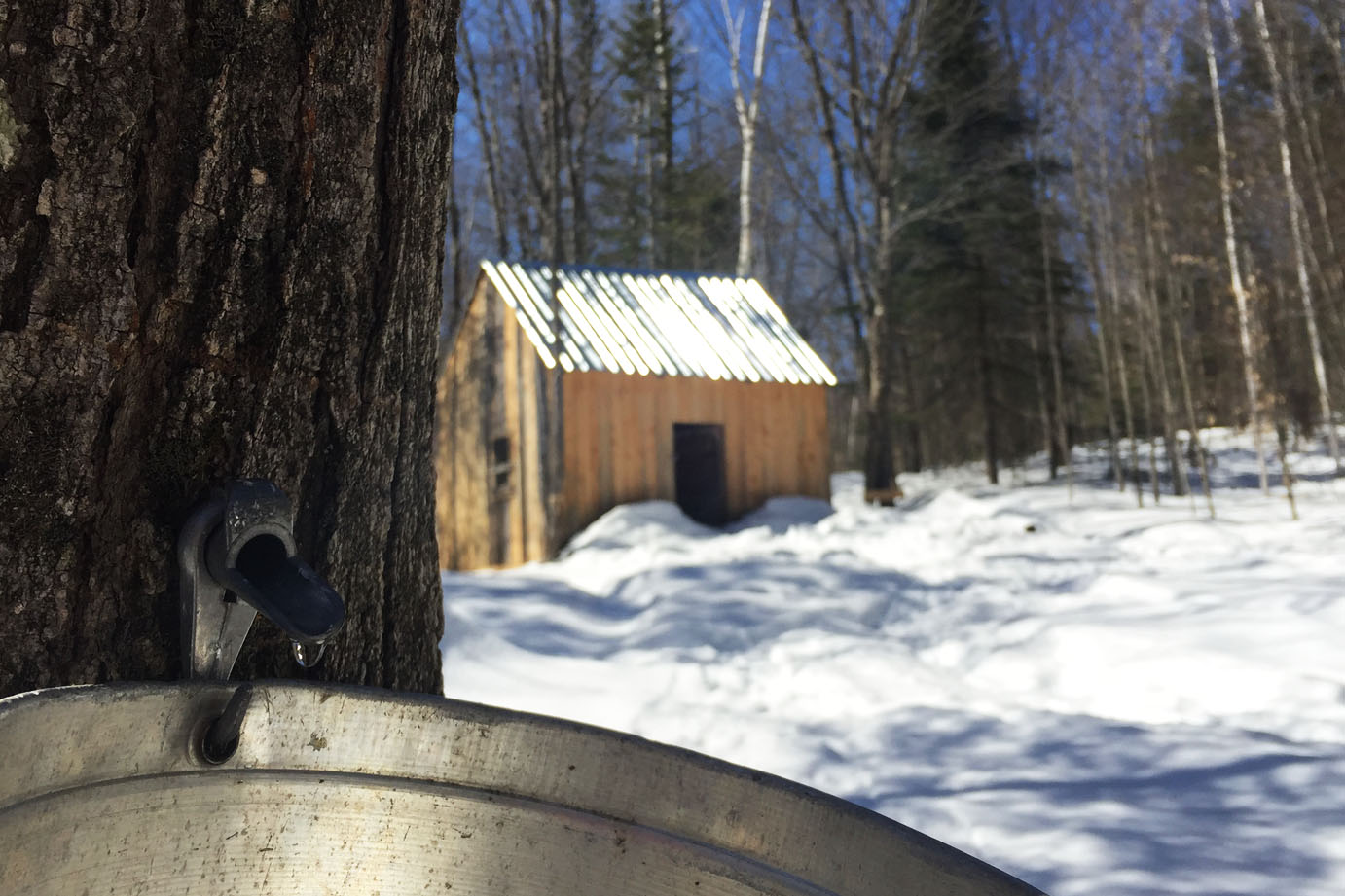
Boiling sap into syrup.
.jpg)
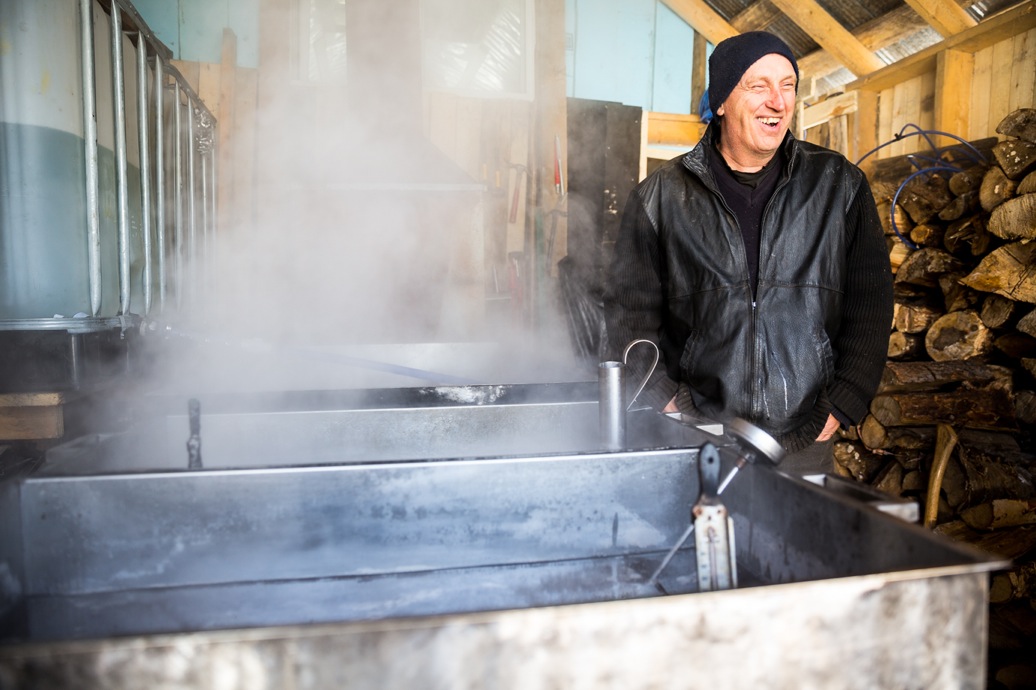
A whole lot of sap is boiled down to make that pure maple syrup. (Pure simply means 100% maple syrup with no other ingredients.) Sap is boiled to evaporate out the water and concentrate it into super sweet syrup. Mo and Lauren do this is a large pot over an open fire, gradually adding more sap as it boils down until they’re left with just that bit of syrup at the end. Their neighbours have a bigger setup, with a proper family sugar shack and a large wood-fired evaporator that holds much more sap over a larger fire.
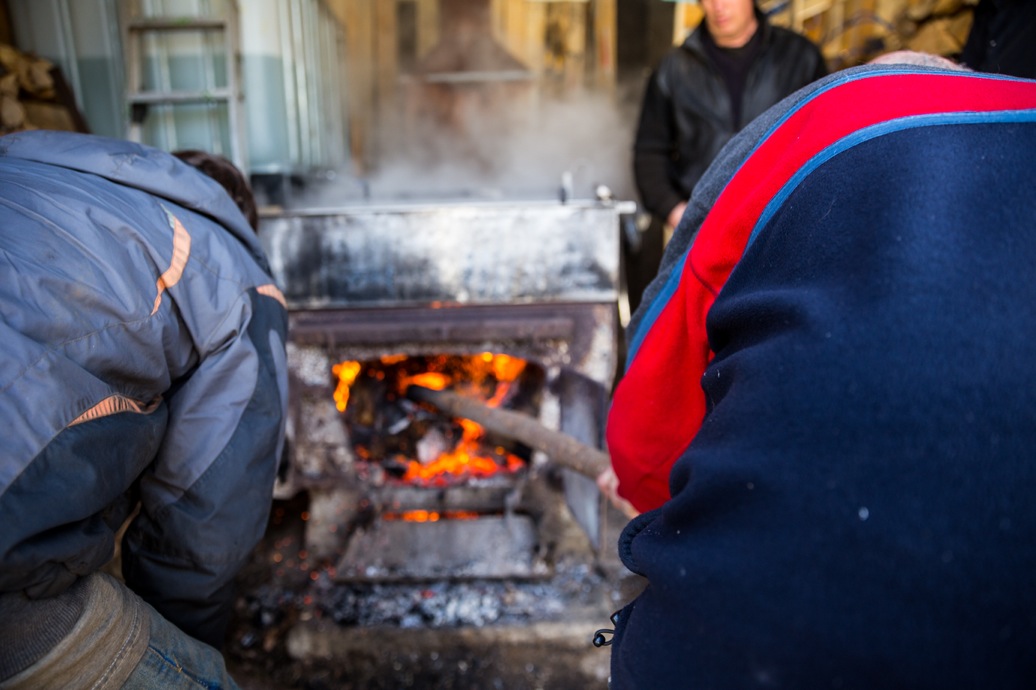
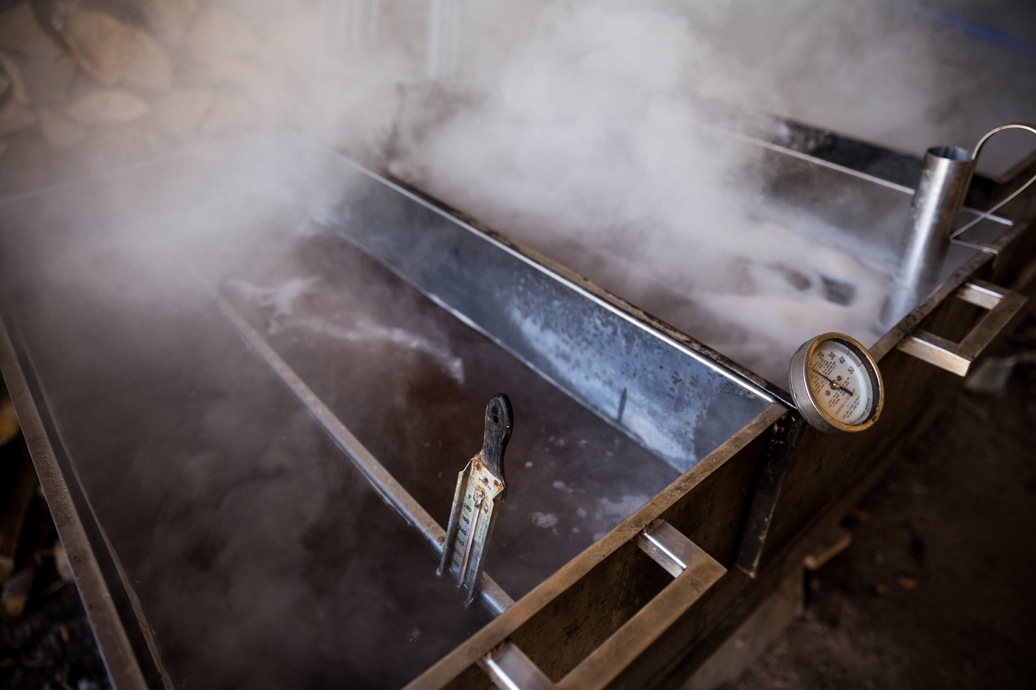
Bottle it up.
.jpg)
Let the syrup cool a bit, then bottle your creation using any type of sealable container. Make sure you don’t pour hot syrup into a cold glass container! (Lauren learned this the hard way.)
What does it mean for maple syrup to be organic?
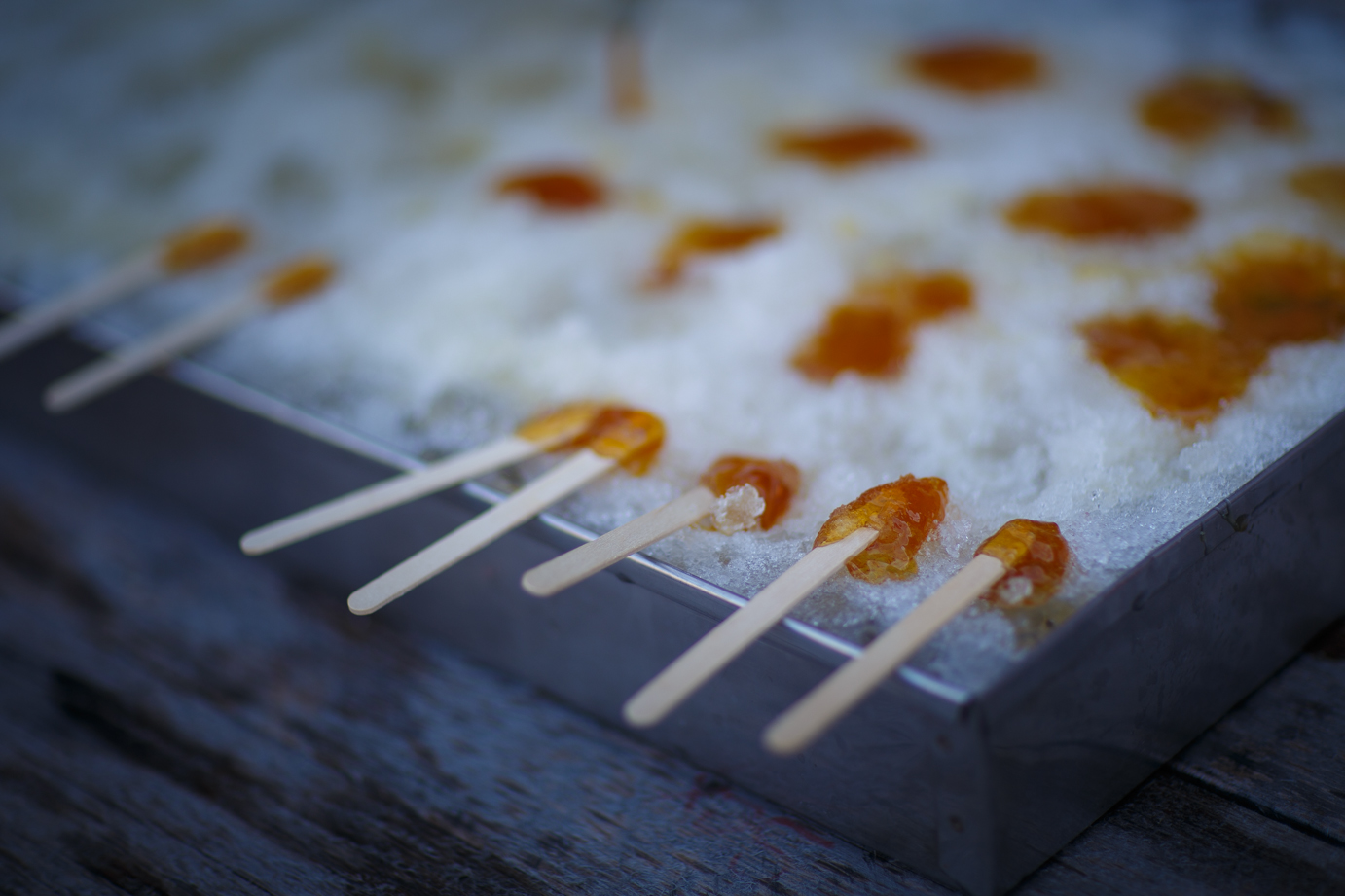
Choosing organic means supporting sustainable harvesting practices. In Canada, organic maple syrup producers have to make sure that the use of fertilizers for the trees is limited to only those accepted by the certification boards (if at all). At least 15% of the trees in the maple collecting area must be non-maple, and young trees should never be tapped. The rule of thumb is only to tap trees with a diameter of more than 20 cm and to limit how long sap is collected for. In other words, organic maple syrup producers will never place more taps than a tree can or should handle, to prevent damage or death of the tree. Organic certification also requires that producers use stainless steel for sap collection and that tubing be installed with care to prevent any damage. Organic farmers are also always aware of their surroundings and keep a good distance from potential pesticide contaminants.
Enjoy the sugaring season and put maple syrup on everything!
